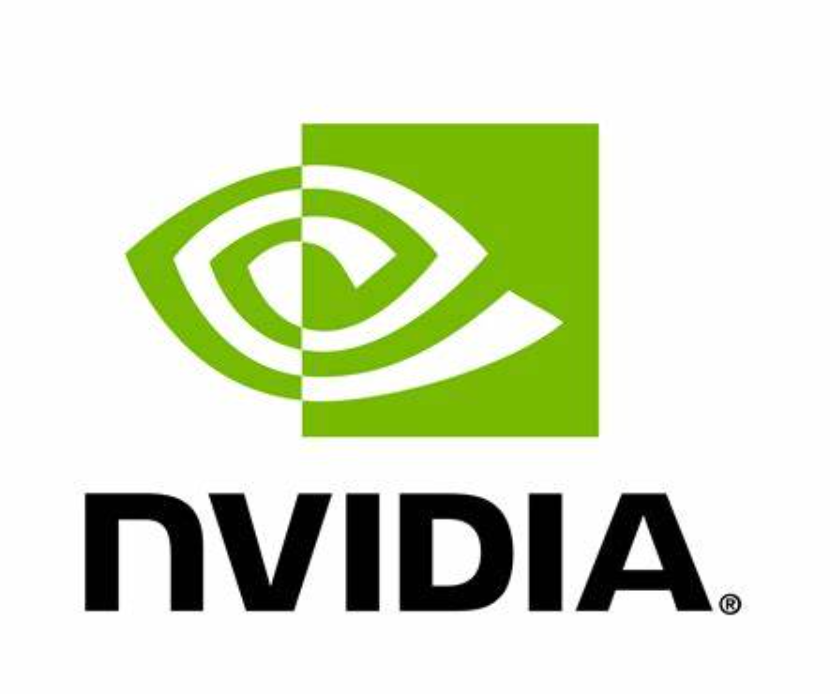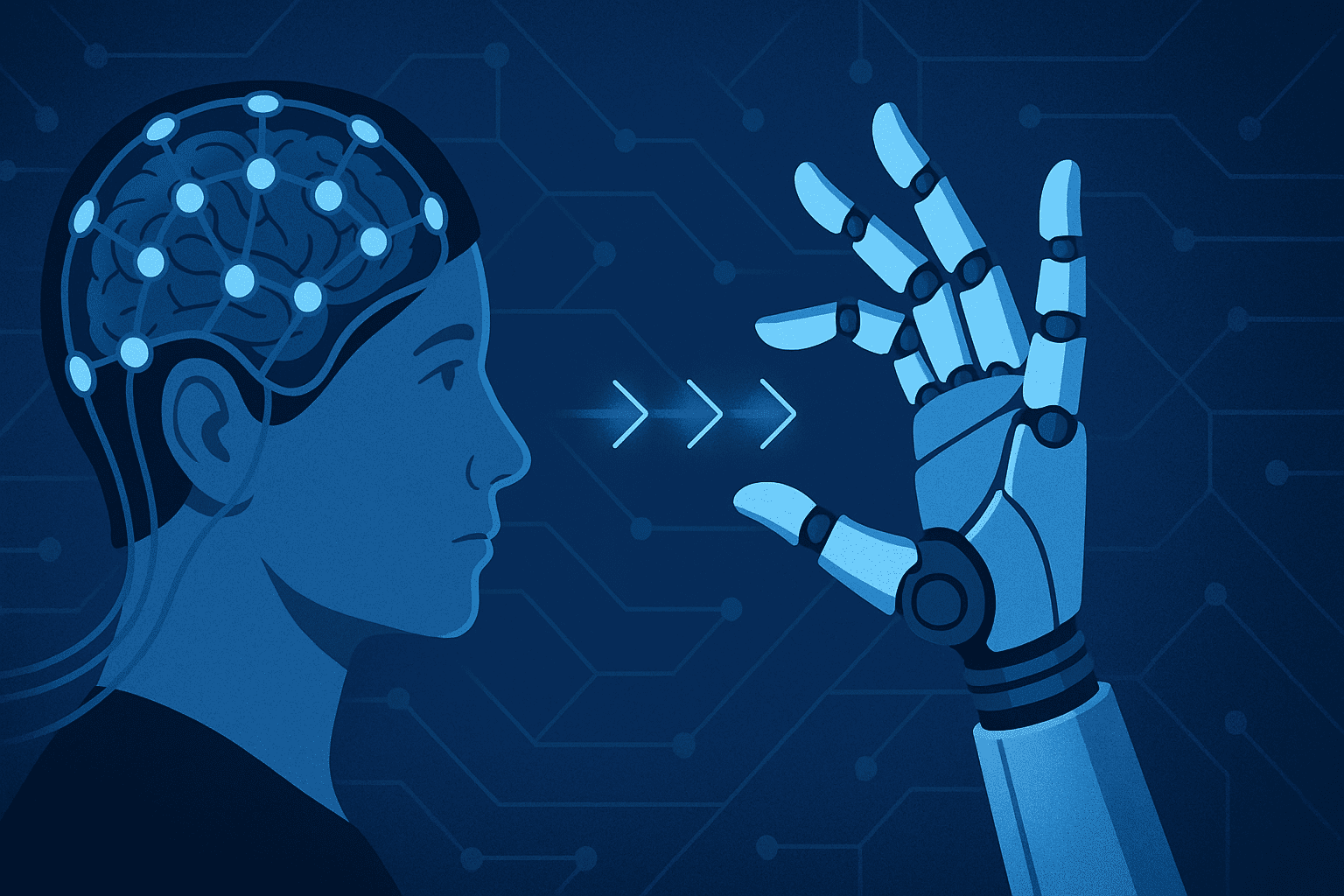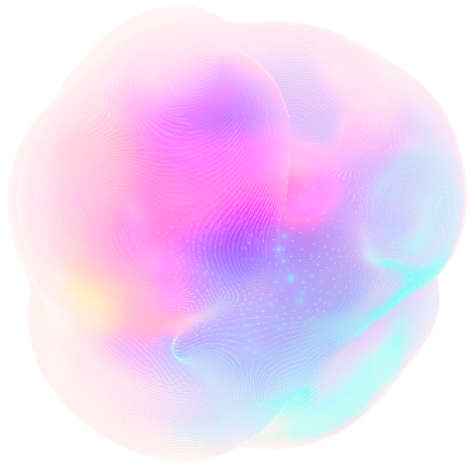Jensen Huang, NVIDIA’s CEO and founder, is clear-eyed about the transformative power of artificial intelligence. Speaking at CES, he described NVIDIA’s pivotal role in shaping industries like robotics, self-driving cars, and AI-driven computing systems.
“Self-driving cars are likely going to be one of the largest robotics industries in the world,” Huang said. NVIDIAs work in this space is already a major business, with a $5 billion annual run rate. “If it’s already a $5 billion business for us, imagine how big it’s going to be when we have 100 million new cars per year driving a trillion miles annually.”
Central to this vision is NVIDIA’s Thor robotics processor, which Huang revealed is 20 times more powerful than its predecessor.
“This will go into self-driving cars, robots, and all kinds of applications,” he said. With its transformative capabilities, Thor underpins NVIDIA’s strategy to lead the burgeoning field of physical AI.
Huang detailed the ecosystem required for this revolution.
“To build robotics, you need three computers: the training computer like DGX, the simulation computer for Omniverse, and the robotics computer. All three are big businesses for us,” he explained. NVIDIA’s investment in simulation technology is as vital as its innovations in gaming and graphics. “Computer graphics is not just for playing video games — you could use it for simulating virtual worlds for self-driving cars.”
AI’s evolution, according to Huang, also involves democratization.
“People want AI supercomputers personally,” he noted, comparing the shift to the rise of personal computers. “We started AI in the cloud, and now we’re coming into personal computers. Developers can have their own personal cloud, using something like Digitus, and access all of NVIDIA’s software on a system small enough to sit on their desk.”
For Huang, NVIDIA’s open and versatile architecture is a significant advantage.
“Our architecture is literally everywhere — it’s the best architecture for developers, for innovation, and for building new industries like robotics and self-driving cars.”
As NVIDIA races to deliver its new Blackwell architecture to data centers globally, Huang’s vision for the future is grounded in a single principle: accelerated computing.
“Accelerated computing is now clearly the path forward,” he said. For NVIDIA, it’s a path toward transforming industries and unlocking the full potential of AI.






